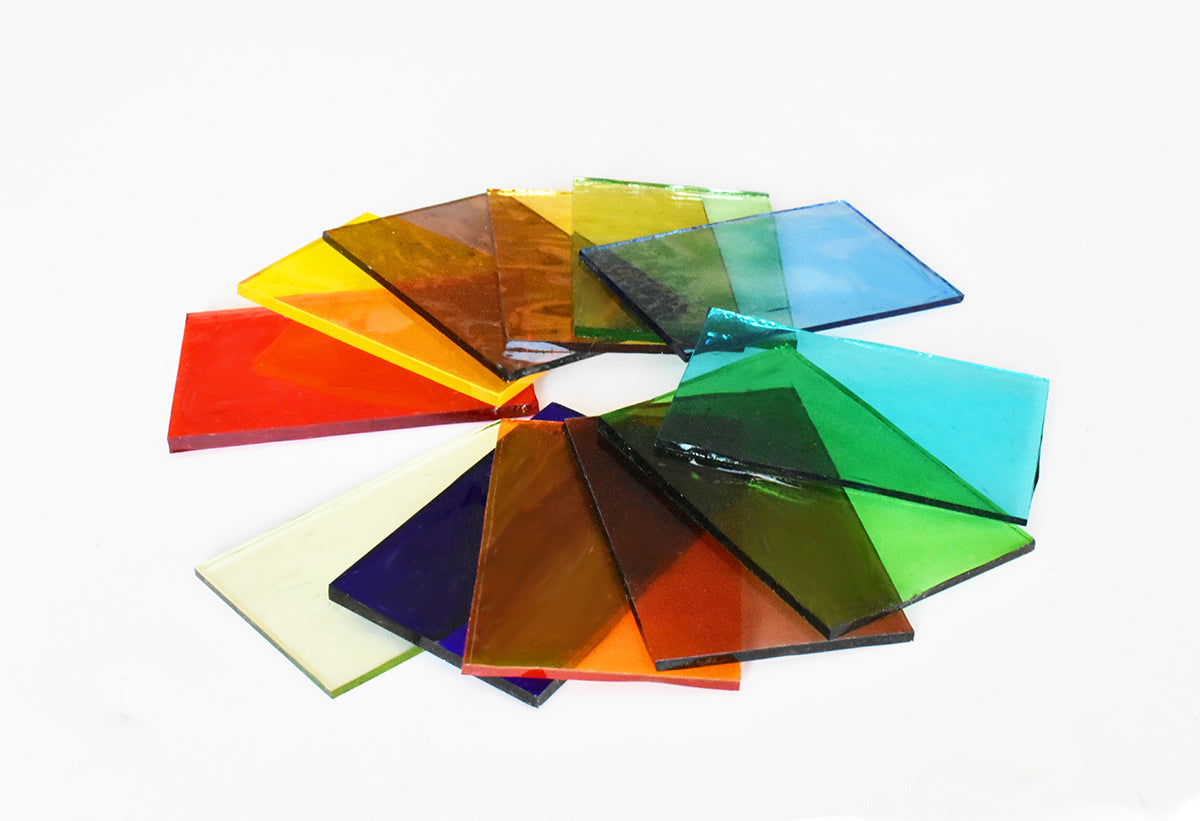
HOLY SHEET - Why don’t you make sheet glass anymore?
Some of y’all pop up in the most random comment feeds on our social media and insist – demand! – that we make stained glass sheets again. I’m really sorry to break it to y’all but you can let it rest: we won’t.
Making historical-restoration quality sheet glass is a labor of love and a highly developed skill. For the uninitiated, Blenko’s method of making sheet glass requires several steps.
Here’s an older video that shows our process.
https://www.youtube.com/watch?v=S6JxeTSb2bA
Blowing sheet glass into cylinders is a highly skilled process because of the lung support required to fill that vessel with air while at the same time ensuring the glass is consistently even all the way down the sides of the cylinder. At present, we no longer have any employees with this specific skill-set who are able to physically do the work required.
The industry learned long ago that blowing sheet glass into cylinders wasn’t the most efficient way to produce sheet glass. Nowadays sheet glass manufacturers roll out sheet glass in large thin slabs rather than mouth blowing. See Wissmach Glass in Paden City, WV for an example of this process.
This allows for much greater volume of glass per run, ensures consistent thickness throughout the sheet, and also allows for fun swirls, patterns, etc in the sheet.
To complicate things, we also use a sheet glass specific formula for the various colors of glass we melt. We would need to use this entire melt of glass for sheet glass - which would mean reassigning furnaces we keep stoked for our tableware glass to pivot to batching glass for sheets.
Furthermore, making sheet glass requires effectively three times the natural gas usage so it is expensive to produce. It must be annealed, flattened (same gas usage as annealing), and then annealed again whereas our tableware only requires one annealing pass. Our annealing lehrs and flattener are very old and guzzle natural gas. This week, we finally removed the old annealing lehr and the sheet glass flattener – to clear space for a brand new lehr for annealing tableware!
Lastly, there has to be market demand for historic-replication sheet glass. If we were to fire back up our sheet glass engine (which we won't) we would need to make (and SELL) hundreds of sheets of glass at a time to make it economically viable. Other companies like Wissmach are already perfectly situated to make and meet that demand, so we’re going to do what we do best – produce the most colorfully designed, handcrafted glass tableware in America!







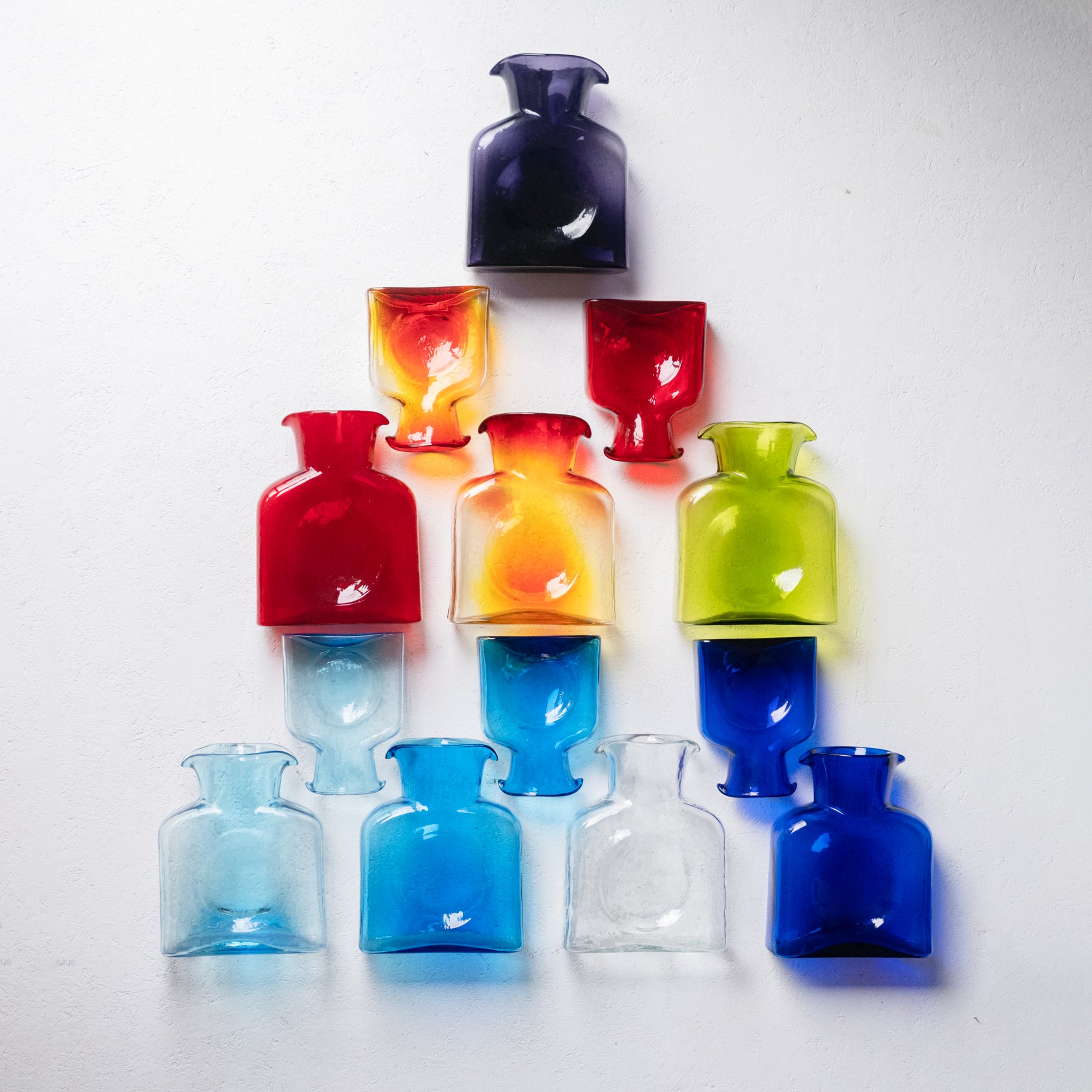

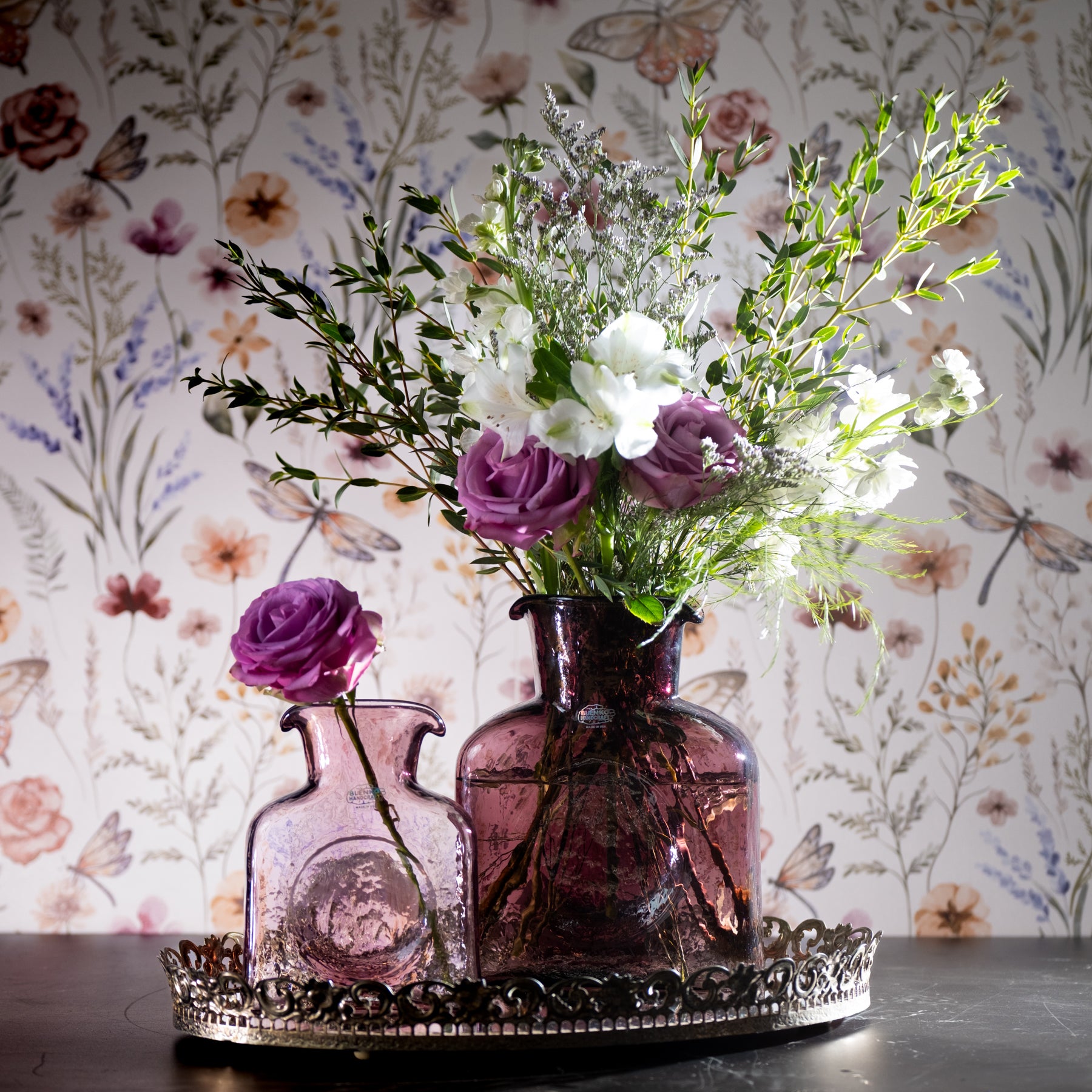







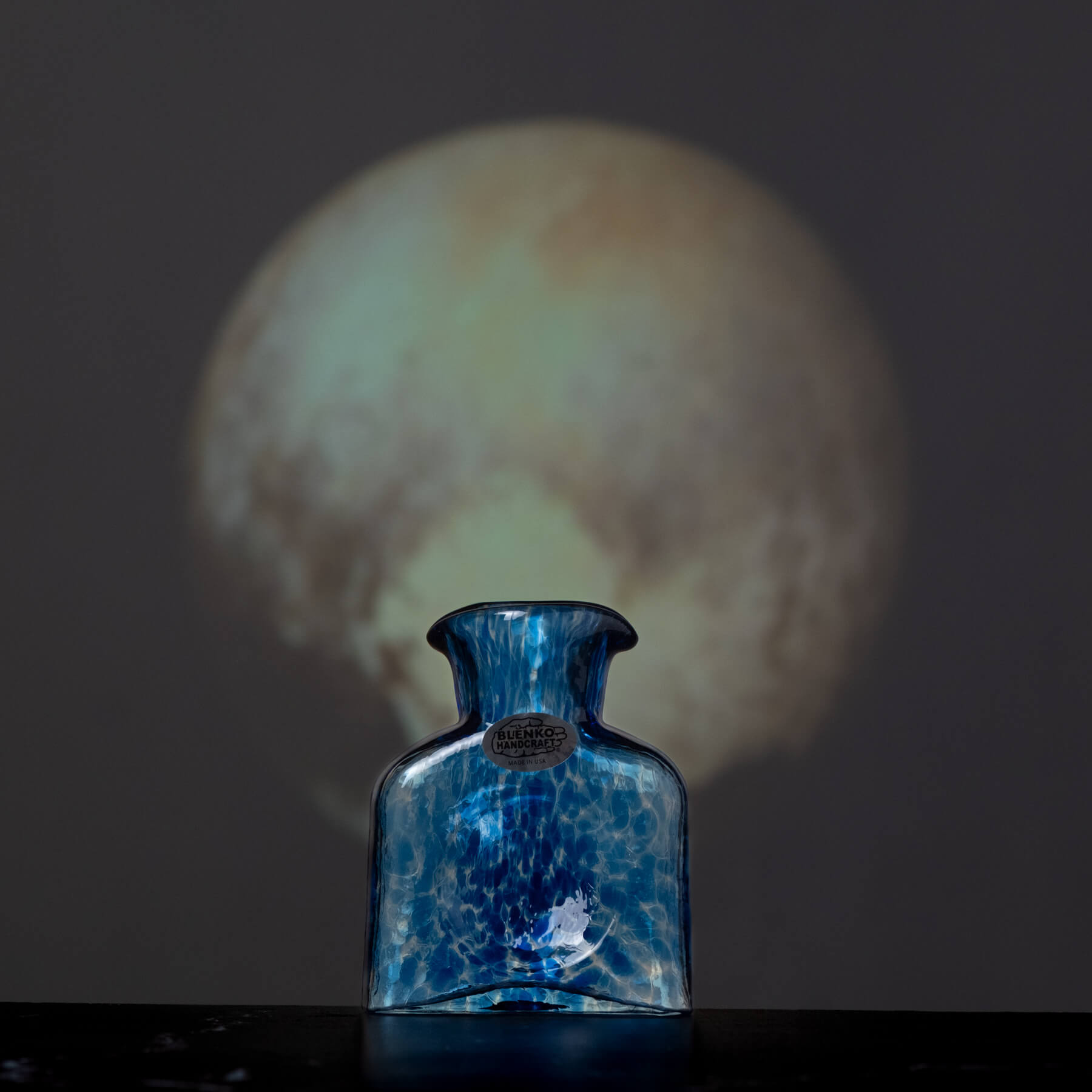
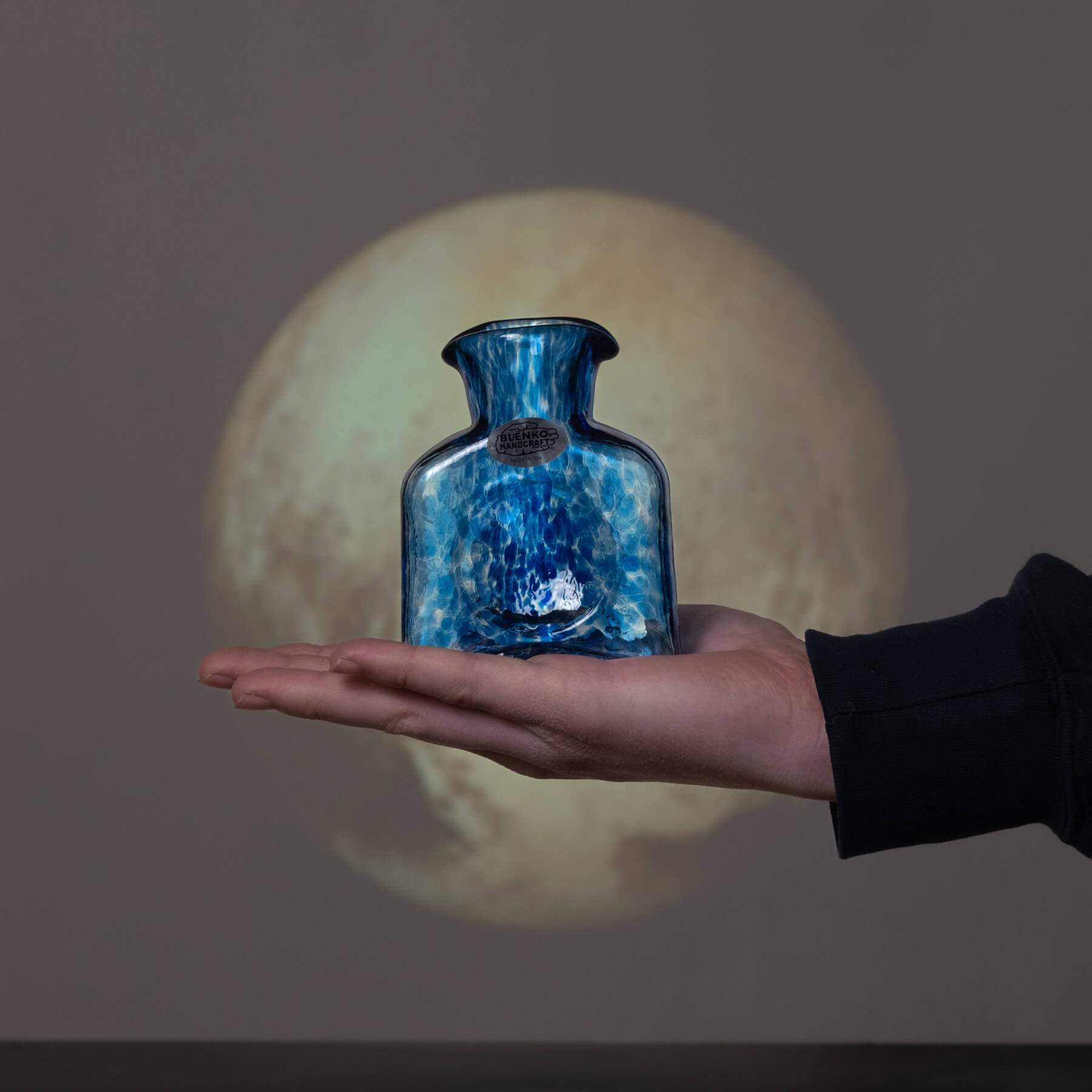


Leave a comment
This site is protected by hCaptcha and the hCaptcha Privacy Policy and Terms of Service apply.